 Glycolic Peel
Glycolic PeelHow To Treat Post-Inflammatory Hyperpigmentation Caused By Acne
The pimple may be gone, but now there’s a stubborn mark in its place. Here, top experts share the best ways to treat acne-induced post-inflammatory hyperpigmentation (PIH).
You know the drill: You get a blemish. You deal with it. Its ghost (i.e. the pigmentation left in the pimple’s wake) then hangs around for an entire season of Mare of Easttown. What to do? Here, we talked to top dermatologists and a nurse practitioner to learn more about why these dark marks crop up after acne and how to address them in-office and at home.
What Causes Post-Acne Hyperpigmentation?
The pigmentation that occurs in the wake of acne is a form of post-inflammatory hyperpigmentation (PIH). PIH is the result of an overproduction of melanin or an irregular dispersion of pigment after cutaneous (read: skin) inflammation. “Hyperpigmentation develops after acne as the healing phase from the inflammation — redness and swelling — associated with the breakout,” says Jessica Weiser MD, a board certified dermatologist in New York City.
Not to be confused with acne scarring, PIH is a flat area of discoloration on the skin. The way it presents depends on your skin tone. PIH can range in color from white, pink, and red to purple, brown, and black. As Dr. Weiser explains, persistent erythema (redness) is common in lighter complexions after acne, and pigment is more readily formed by medium and darker skin types.
While it affects men and women the same, PIH tends to be more severe and long-lasting in skin of color. Research shows a common cause of PIH for BIPOC is acne vulgaris. A 2002 study evaluating acne in skin of color found that 65.3 percent of African American, 52.7 percent of Hispanic, and 47.4 percent of Asian patients developed acne-induced PIH.
How to Prevent Post-Acne Hyperpigmentation
The best way to prevent post-acne hyperpigmentation, Dr. Weiser says, is to control and ‘turn off’ the inflammation as quickly as possible. That means, mindfully treating your acne breakouts while they are still active. You may be used to reaching for the nearest drying lotion, but anti-inflammatory actives may be the better bet to heal pimples. “Using topical treatments like niacinamide, azelaic acid, zinc supplements, or even a crushed aspirin tablet made into a paste can help reduce redness and swelling,” she explains.
Most importantly, Dr. Weiser offers yet another reason to not DIY your own extractions. Picking, squeezing, and/or traumatizing the lesion can worsen discoloration and lead to textural scarring, she warns.
How to Treat Post-Acne Hyperpigmentation
We know that even the best laid plans can go astray. So, if you’re left with lingering PIH after a breakout, you may be wondering what your options are to treat it. Depending on your preferences, in-office treatments, at-home skincare, or some combination of the two can help fade dark spots. Below are some of the best post-acne hyperpigmentation solutions.
In-Office Treatments
While most post-acne marks fade over time, treating them right after they occur with an energy-based device yields the best results, says Paul Jarrod Frank, MD, a board certified dermatologist in NYC. “For red marks, I often use a vascular laser, either the Vbeam® or the Excel® V+,” he shares. “For brown PIH, I like to use the Pico Genesis™ laser.”
At Neinstein Plastic Surgery, Tara Garrick, NP, also opts for laser therapy. She is a fan of Lutronic Ultra™, a non-ablative fractional laser that is safe for all skin tones with minimal downtime. “This laser uses thulium gas to create micro-channels in the skin on a cellular level,” she explains. “It gives clients dramatic results without the downtime or pain intensity that other lasers cause.”
When it comes to seeing results from these treatments, Dr. Weiser says patience is key. “Procedures in-office need to be done serially to improve hyperpigmentation,” she notes. Her go-tos include microdermabrasion, chemical peels, and specific types of laser therapy that “can brighten skin tone and even out pigmentation.” While there may not be instant gratification, encouraging skin turnover can expedite the healing process, she adds.
At-Home Skincare
Skincare can be an effective complement to in-office treatments or a stand-alone solution for post-inflammatory hyperpigmentation. Dr. Frank says it’s important to choose active ingredients based on the color of the PIH.
For Pink or Red PIH
- Alpha Hydroxy Acids
- Retinoids
For Brown or Black PIH
- AHAs
- Arbutin
- Kojic Acid
- Hydroquinone
“For lighter skin types, these marks tend to be red and the best options are either alpha hydroxy acids (AHAs) or retinoids,” Dr. Frank explains. For darker skin types, where the mark is more brown, he says AHAs, hydroquinone, kojic acid, arbutin, or a combination of these ingredients work best.
No matter the color of the PIH, daily sun protection — in the form of broad-spectrum sunscreen — is a non-negotiable to prevent it from darkening further, Dr. Weiser says. She recommends a skincare routine that features sunscreen and vitamin C in the morning and glycolic acid, kojic acid, cysteamine, and similar actives in the evening to gently exfoliate and brighten. Prescription options include “topical retinoids, like tretinoin (Retin-A), and hydroquinone,” she adds.
As for more over-the-counter products that get the job done, here are a few we’ve successfully tested for post-acne marks:
Renee Rouleau Post-Breakout Fading Gel
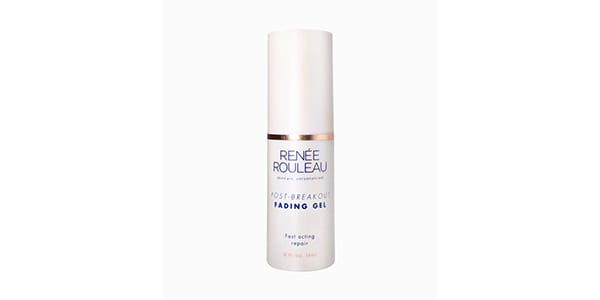
As its name suggests, this serum from celebrity aesthetician Renée Rouleau is specifically formulated with exfoliating AHAs, anti-inflammatory green tea extract, and soothing sea whip extract to visibly lighten and fade marks left behind by cystic acne and blemishes. $42, reneerouleau.com
Augustinus Bader The Essence
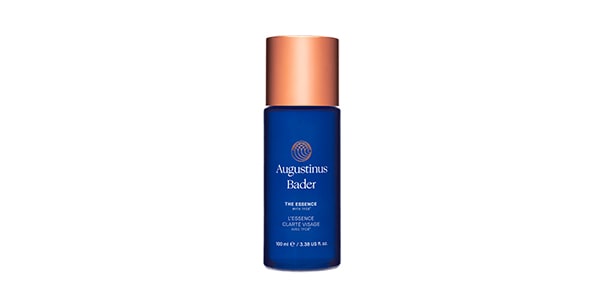
Dr. Weiser is a fan of this multitasking fluid that combines the benefits of a gentle exfoliant, purifying toner, and hydrating essence because it marries hydroxy acids and healing botanical actives to “help tone and protect the skin.” $30, augustinusbader.com
Freeman Beauty Micro-Darts Pro Dark Spots
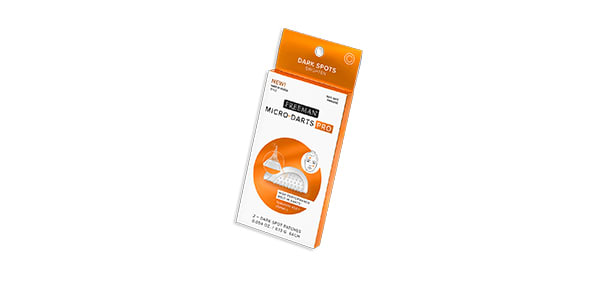
An overnight treatment that’s easy to use and easy on your wallet? Sign us up. Functioning like a pimple patch, these stickers target trouble spots with a potent dose of vitamin C and hyaluronic acid to minimize dark spots and moisturize skin. $6, ulta.com
Farmacy Honeymoon Glow
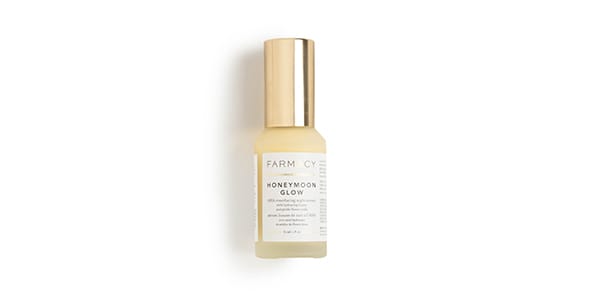
This nighttime serum treats active acne and fades PIH thanks to a clarifying and exfoliating blend of AHAs (lactic, glycolic, and citric to be exact), beta hydroxy acids (from willow bark), and hibiscus extract that results in smoother, more even-toned skin. $58, farmacybeauty.com
PFrank MD Vanishing Stick
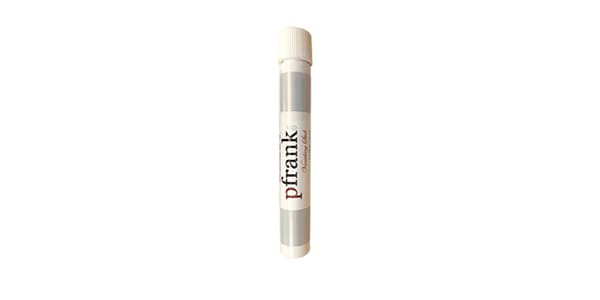
When treating patients with PIH, Dr. Frank often recommends his spot treatment, which is formulated with arbutin, lactic acid, kojic acid, and antioxidants (think: vitamin C and green tea) to brighten and protect the complexion. visit pfrankmd.com for more information
Volition Hibiscus Unspottable Correcting Oil
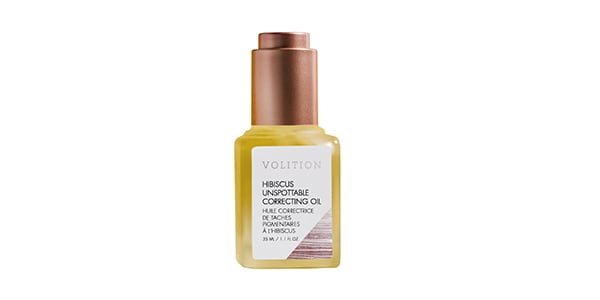
This lightweight oil pulls double beauty duty — simultaneously moisturizing and addressing dark spots. Hibiscus oil contains naturally occurring malic and citric acids to gently exfoliate, while licorice root extract brightens and soothes stressed skin. $49, sephora.com
SkinCeuticals Conditioning Toner
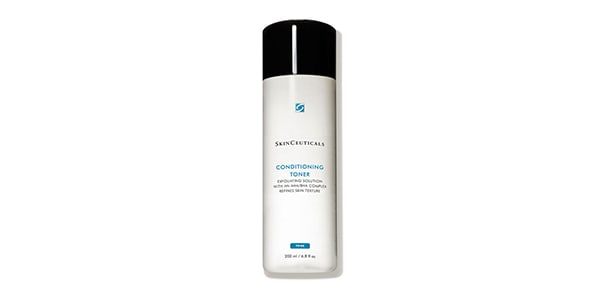
This multi-functional toner both treats and prevents PIH. Glycolic acid removes dead skin cells to reveal a brighter complexion; salicylic acid refines pores to prevent future breakouts; and eucalyptus oil ensures the skin is clean and calm. $34, dermstore.com
Wild Bae Beauty Illuminating Acerola Complex

Considered a natural alternative to traditional vitamin A and C serums, this formula features acerola cherries, an under-the-radar skincare superfood that offer the brightening and protecting benefits of a high vitamin C content without the irritation. Oh, and it can be used A.M. and P.M. $100, bymaryschook.com
All products featured are independently selected by our editors, however, AEDIT may receive a commission on items purchased through our links.
More Related Articles
Related Procedures

AI Plastic Surgeon™
powered by'Try on' aesthetic procedures and instantly visualize possible results with The AI Plastic Surgeon, our patented 3D aesthetic simulator.

